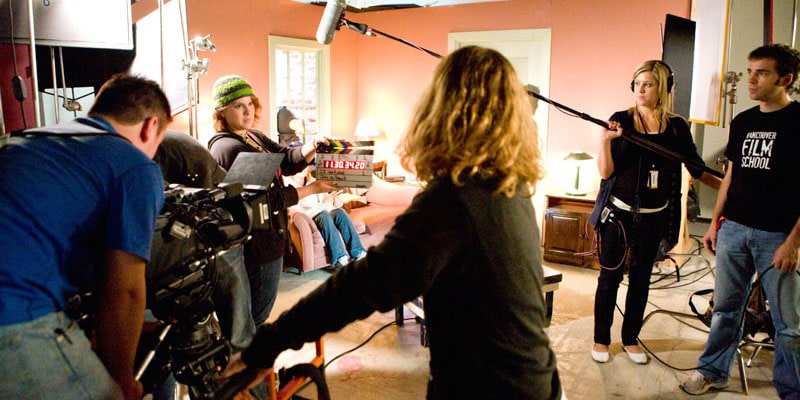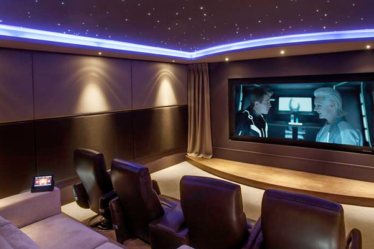
Technology Trends In Film Industry
Filmmaking and the film industry has seen a sea of change over the years. Earlier film makers used tripods and now it has changed to steady cam and CGI. With new technology in place, filmmaking has become more faster and organic. The movie itself has become more fast paced and the filmmakers are more imaginative due to supportive technology in place. During the early 40s to around 60s, films were shot on sound stages. Later, film shootings were done on different locations to bring a realistic feel. The French New Wave broke many rules and stereotypes in filmmaking. It started the revolution of new age cinema as we know it now. People started producing experimental movies that are fast-paced and acknowledges that the audiences are intelligent and you don’t have to show everything.
Competition, Pace And Profitability
These days theatres have much more movies to show than they had in the past. Earlier movies used to be shown for years and now it is reduced to months. The current blockbuster standard is 8 weeks. Earlier theatres were the only option for movie goers. And, people would watch a movie more than once in theatres. That trend is changing as people have several options to catch a movie. Television channels and online platforms like Amazon and Netflix have changed the way people watch movies.
Filmmaking used to be less risky and more profitable business compared to the present situations. Before the days of TV, films used to make a lot of money due to longer shows in the theatres. Large profits and low investment risk was enjoyed until the advent of VHS tapes. VHS tapes were expensive and not all could afford when compared to a movie ticket. So, re-releases of movies in theatres would still happen then. The DVD boom saw another boost in film revenues but that came to a standstill with the advent of online digital platforms. Film makers have become more conservative to averse risk in revenues. A lot of film makers shy away from big budget movies and depend on sequels, remakes or reboots to maximize profits.
Other Trends In Film Industry
Each era saw hit movies that reflected the taste of the society of that time. During the second world war when people experienced and recovered from violence, movies on happiness, escapism and heroism used to do well. The 1960s saw a plethora of experimental movies that were dark and could be watched only by adults. Notoriety is the term you can use for movies that were released in the 1970s. Movies like Deliverance, Taxi Driver and The Deer Hunter are striking examples. Film makers would compete for a X-rating. The release of Star Wars in the year 1977 changed all of this. Directors like Steven Spielberg and the phenomenon of French New Wave saw movies that were optimistic and adventurous. Films had good guys winning at the end, the characters were charismatic with a unique setting. Most of them had happy endings. Action superseded adventure in the 90s movies. There were more genres like thrillers, comedy and romance. The current movies are CGI heavy, fast-paced and are more niche.
Know More About : The Connection Between CRM And Cinemas



